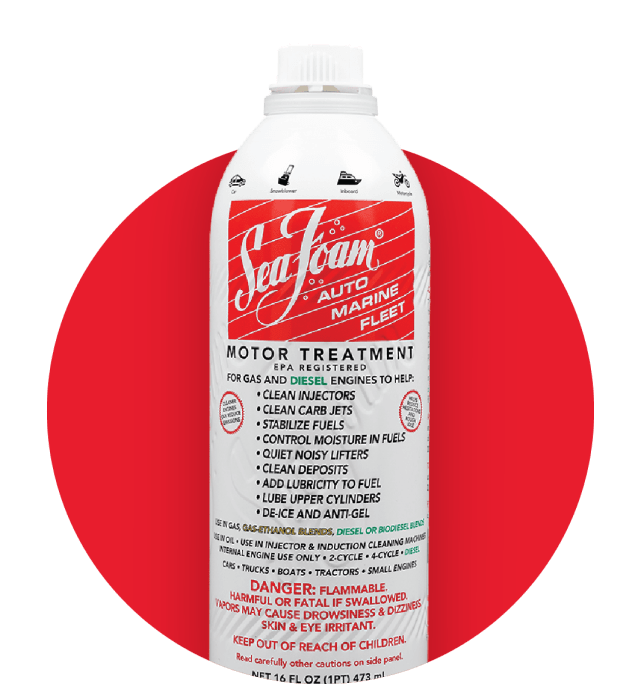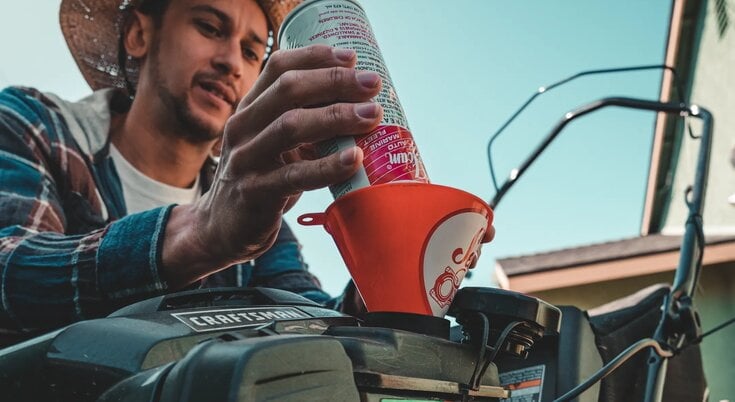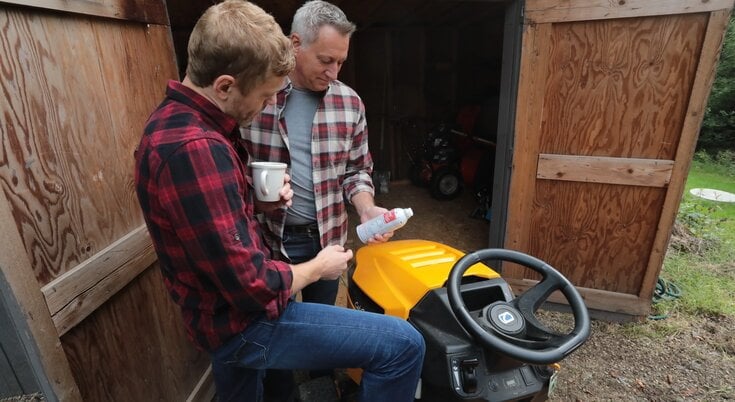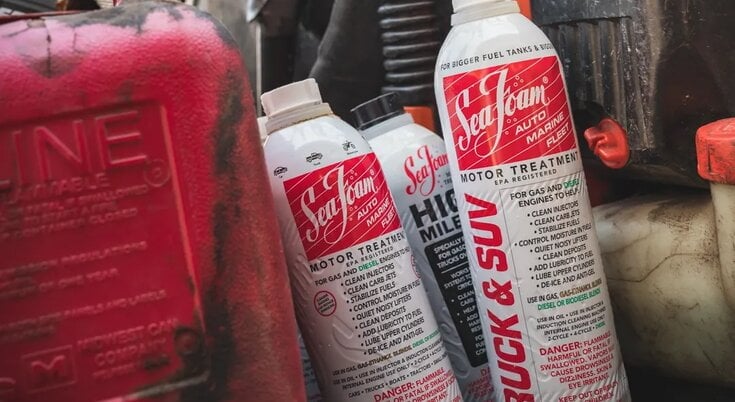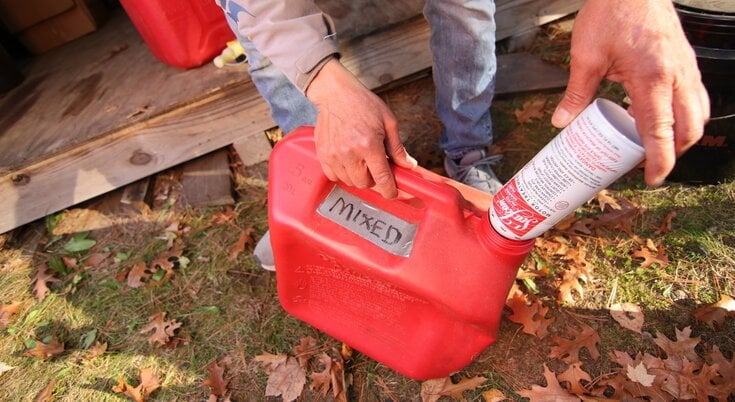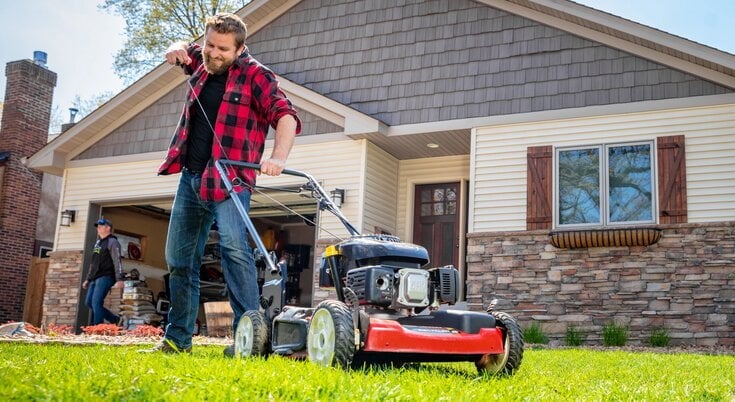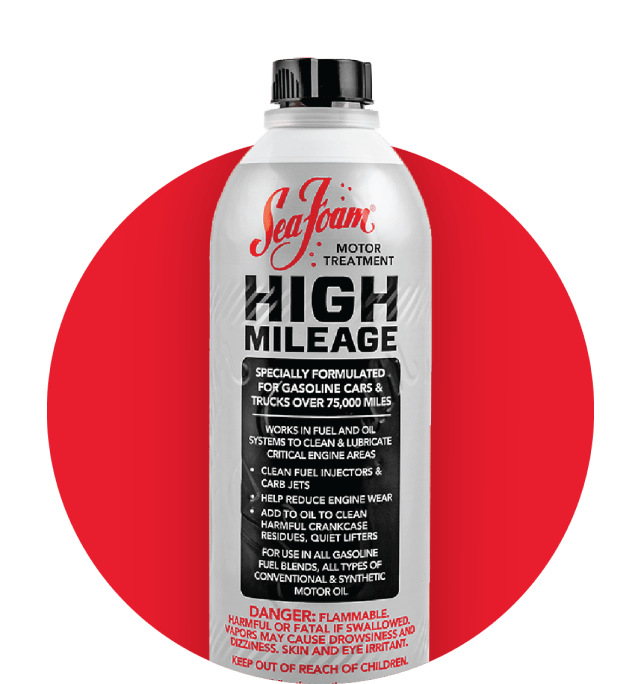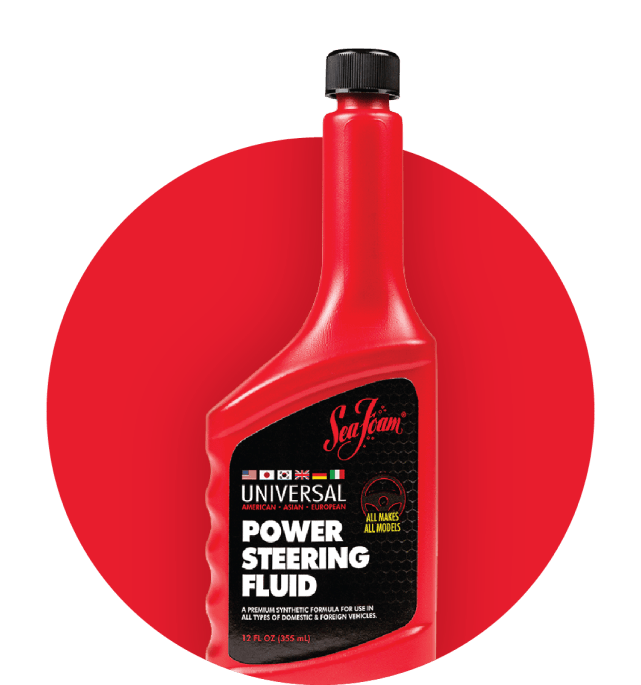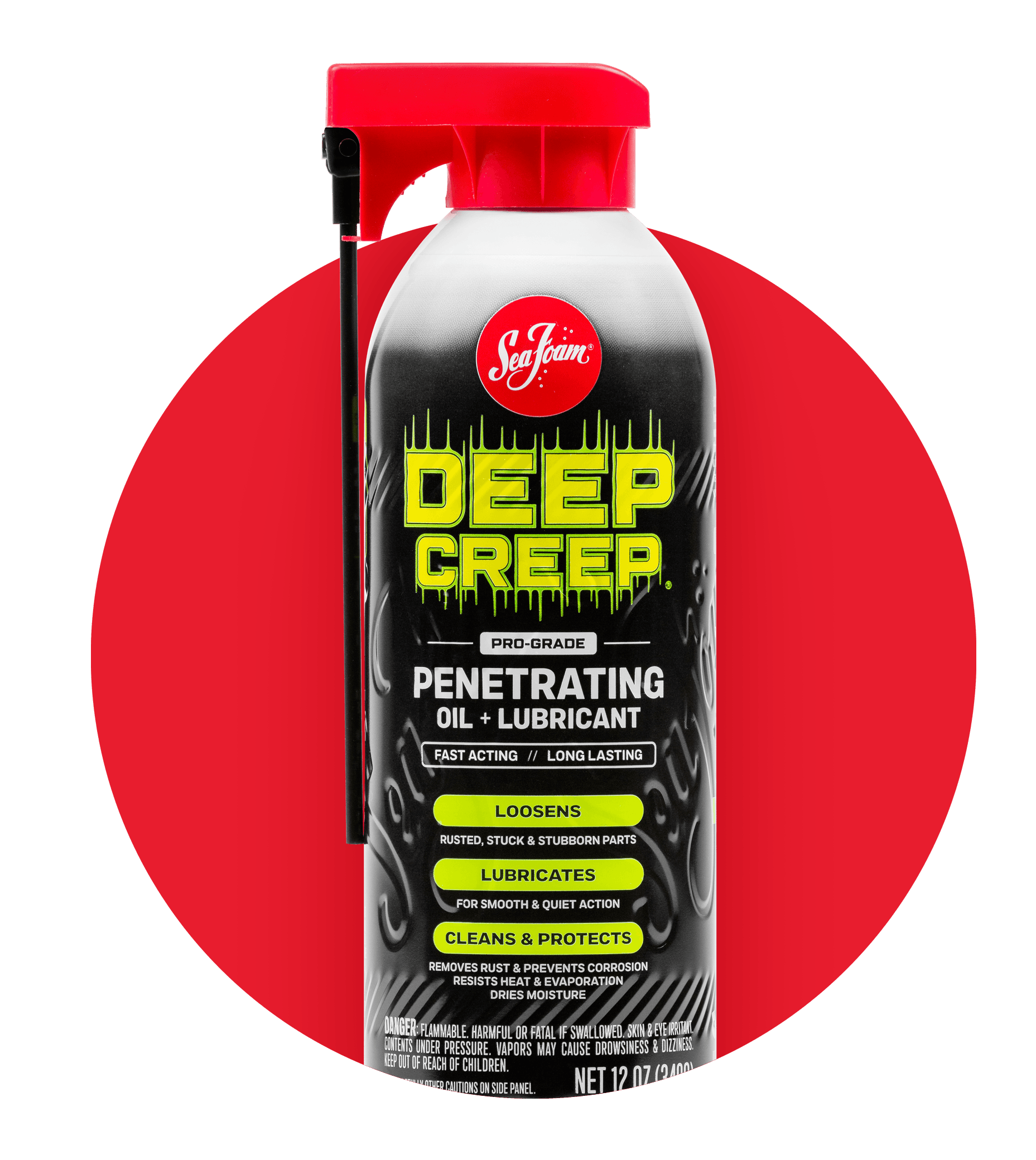BASIC MAINTENANCE
HOW TO TAKE CARE OF SMALL ENGINES
Ensuring these engines run smoothly and efficiently requires regular maintenance.
With the right care, you can maximize your equipment’s performance and extend its lifespan.
SEA FOAM MOTOR TREATMENT
HOW TO MAINTAIN YOUR SMALL ENGINE
ROUTINE MAINTENANCE IS THE EASIEST WAY TO ENSURE YOUR SMALL ENGINE WILL START AND RUN WELL.
how sea foam helps prevent small engine problems
Most small engine problems are fuel varnish problems, not engine problems.
Clean the fuel varnish problem and you fix the engine. Sea Foam works fast to clean and prevent fuel gum and varnish. Use Sea Foam and fresh gas (never use old gas) if you want your small engine carburetor to stay clean so it can start faster, run smoother, and last longer without problems.
#seafoamworks
Read Customer ReviewsCollapse Customer Reviews
related
products
For motors of all shapes and sizes.

